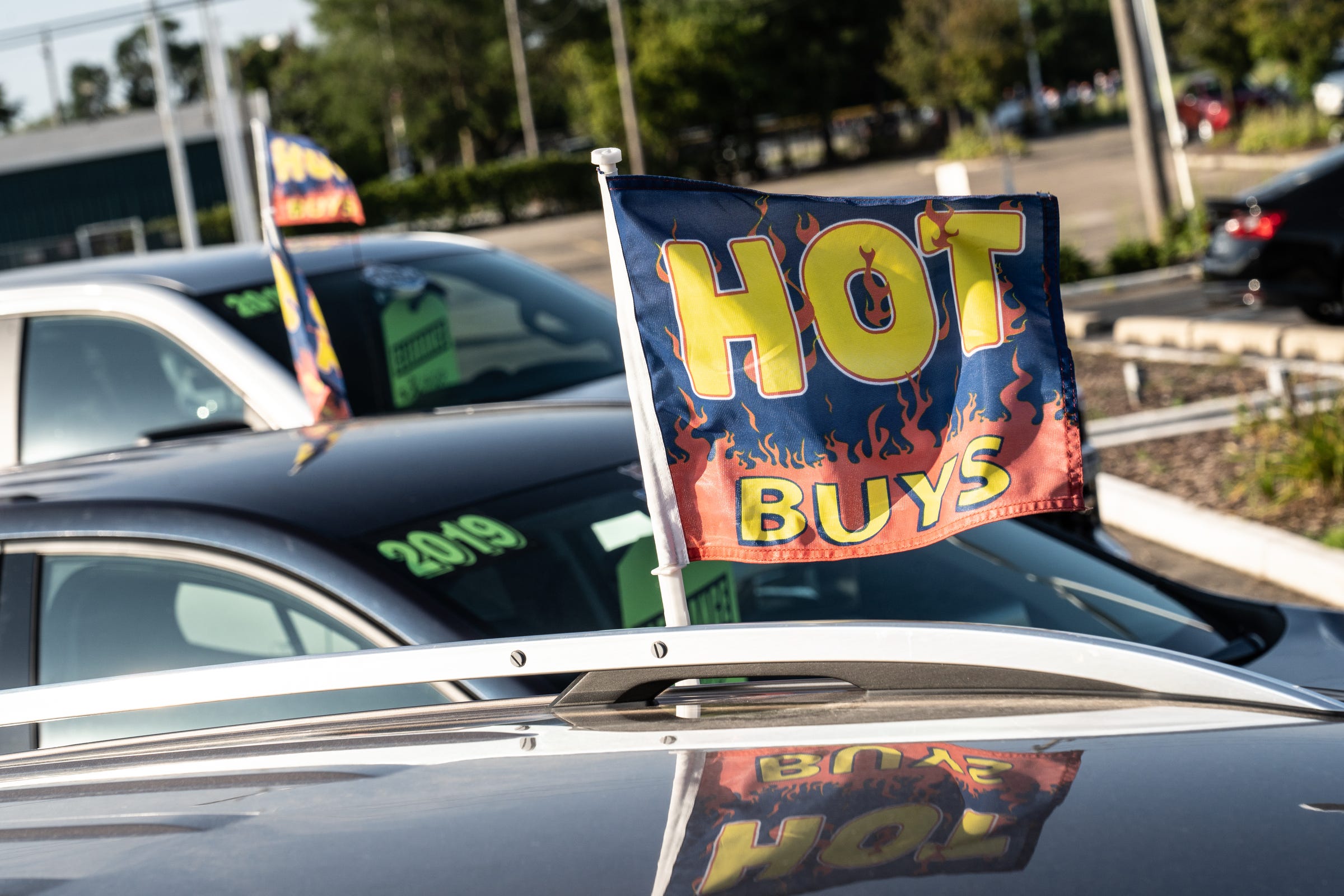Cars under $20K are disappearing: The reason behind the decline

The Sub-$20,000 Used Car is Almost Gone
Before the COVID-19 pandemic, more than half of the used cars for sale in the nation were 3-year-old vehicles priced at $20,000 or less. However, today, those same types of vehicles make up only 11% of the used car market. This significant shift has left many buyers struggling to find a 3-year-old model below even $30,000, let alone $20,000.
According to a new study by iSeeCars.com titled "The sub-$20,000 used car is almost gone," the average list price for a 3-year-old used vehicle has risen to $32,635. That’s an increase of $9,476 compared to six years ago. Karl Brauer, executive analyst with iSeeCars.com, explains that there's very little negotiation happening in the used car market due to high demand. He notes that while used car prices had been slowly declining over the past two years, they have started to rise again in the last three months.
In February, the average list price for a 1- to-5-year-old used car was $31,257, up 1% from the previous year. By June, it had increased to $32,437, a 4.8% bump from the same period in the previous year. While this is still cheaper than buying a new car, the average transaction price for a new vehicle in June was $48,261, according to Edmunds.com.
Brauer acknowledges that it's unclear what will happen in July, but he suggests that the trend of rising used car prices may continue. The situation is particularly evident in Metro Detroit, where in 2019, 52.2% of 3-year-old used car inventory was priced at $20,000 or less. Today, only 13% of such vehicles fall into that price range.
What's No Longer Available for $20,000
The study analyzed data on 2.6 million 3-year-old cars and found that several popular models are no longer available for under $20,000. These include the Chevrolet Equinox, Honda Civic, Kia Sportage, Nissan Rogue, Toyota Camry, and Toyota Corolla. For example, in 2019, 97.6% of 3-year-old Honda Civics could be purchased for $20,000. Today, only 5.7% of these vehicles are available at that price point. Similarly, the availability of 3-year-old Toyota Corollas dropped from 99.9% to 62.9%.
The price increases vary by vehicle type. Passenger cars saw the largest increase, up 48.7%, followed by SUVs at 15.4% and pickups at 28.8%. The average list price for passenger cars rose from $19,734 in 2019 to $29,343 today. For SUVs, the average list price went from $31,649 to $36,509, while pickups increased from $31,627 to $40,731.
How the Pandemic Drove Up Prices
Brauer attributes the dramatic shift in pricing to several factors. Inflation played a role, but he argues that the $9,500 average price boost can't be solely attributed to inflation. Instead, he points to restricted new-vehicle production during the pandemic. Automakers idled assembly plants in the second half of 2020, and although they resumed operations quickly, it took time to restore full production capacity. The semiconductor shortage in 2021 further hindered new vehicle production.
At the same time, demand for cars increased as people moved from urban to suburban areas, requiring personal vehicles for transportation. This surge in demand pushed up new car prices and forced many buyers into the used market, which in turn drove up used car prices. Additionally, many leaseholders who came off their leases opted to buy out their vehicles rather than return them, reducing the supply of late-model used cars.
Advice for Used-Car Buyers
With fewer affordable options, Brauer advises buyers to consider older cars with higher mileage. For instance, a $20,000 budget now buys a 6-year-old car with 71,000 miles instead of a 3-year-old car with 32,000 miles. However, he notes that modern cars are built to last longer, so older models with higher mileage can still be reliable.
Brauer offers several tips for navigating the current market:
- Research the market value: Use websites like iSeeCars.com, Edmunds, or Kelley Blue Book to check a vehicle's value using its VIN.
- Be flexible: Openness to different brands and models can help find a car within your budget.
- Get a pre-purchase inspection: If buying from a private seller, pay for a professional inspection.
- Demand a CarFax report: At dealerships, ask for a printed CarFax report to check a vehicle’s history.
- Expand your search: Consider looking outside your local area for better deals. Shipping costs can often be offset by savings on the car’s price.
Likely No Retraction in Prices
While Brauer acknowledges that prices could potentially reverse, he believes it's unlikely unless there's a major economic disruption. The market has stabilized over the past year, but recent events, such as tariffs on imported vehicles, have caused temporary spikes in demand and prices. Brauer predicts that the era of 1- to-5-year-old vehicles being available for around $20,000 is unlikely to return. Instead, the market will likely remain stable with no significant drop in prices.
Post a Comment for "Cars under $20K are disappearing: The reason behind the decline"
Post a Comment